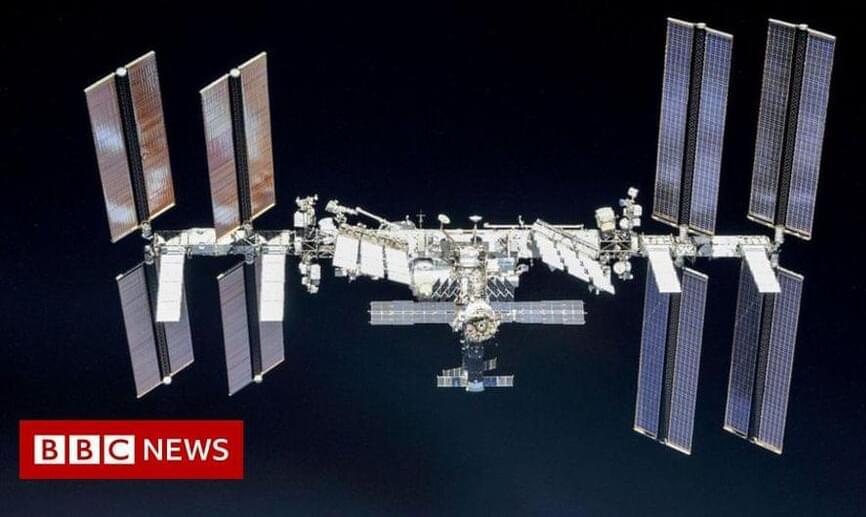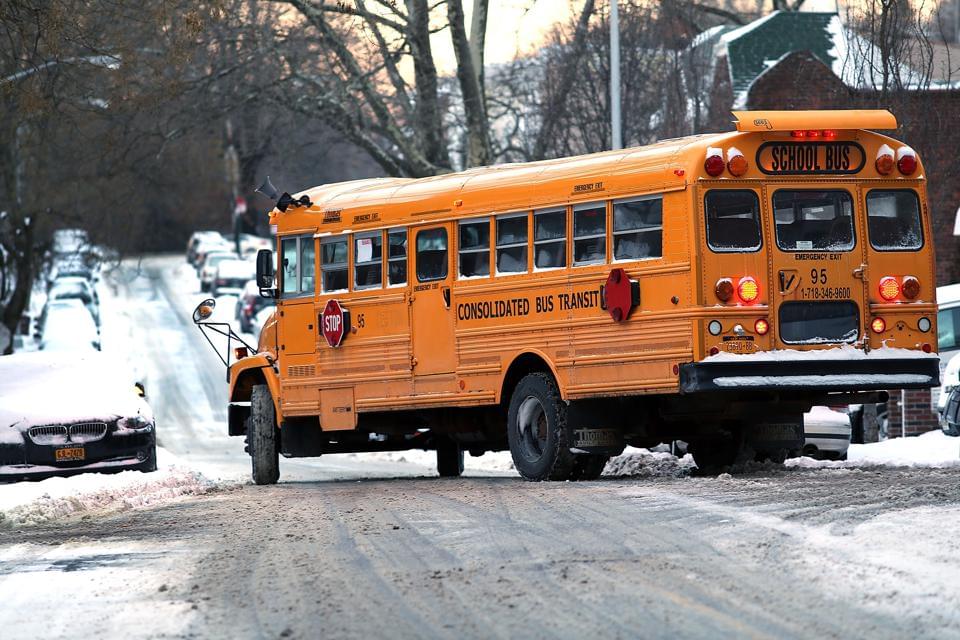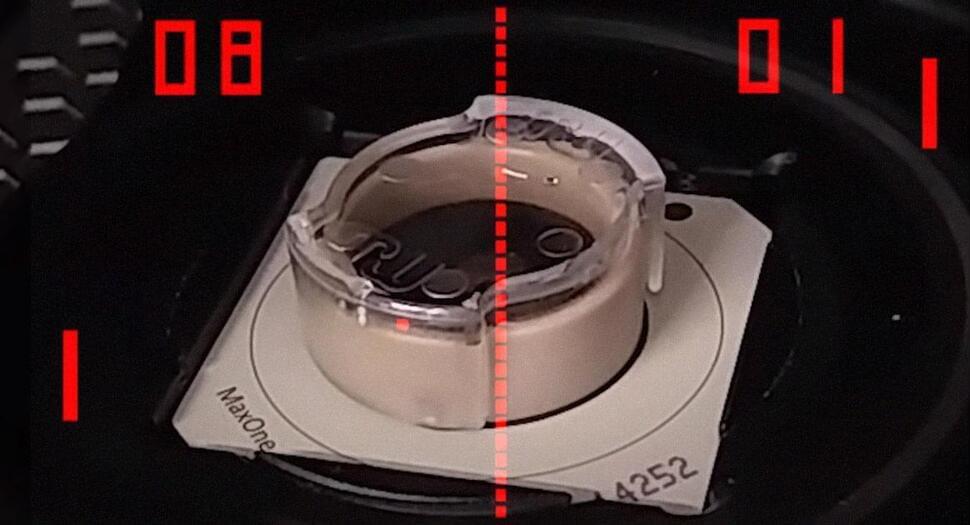Dec 26, 2021
TIMELAPSE OF ARTIFICIAL INTELLIGENCE (2028 — 3000+)
Posted by Jose Ruben Rodriguez Fuentes in categories: biotech/medical, education, Elon Musk, robotics/AI, singularity
A documentary and journey into the future exploring the possibilities and predictions of artificial intelligence. This timelapse of the future explores what is coming, from robots that are too fast for humans to see, to A.I. bots from Microsoft (bringing back loved ones to life) and Google’s laMDA (replacing the need for online searches).
Elon Musk’s Neuralink goes from a medical and healthcare device, to helping people become superhuman – with intelligence amplification, and add-ons that connect to the brain chip.
Continue reading “TIMELAPSE OF ARTIFICIAL INTELLIGENCE (2028 — 3000+)” »

















